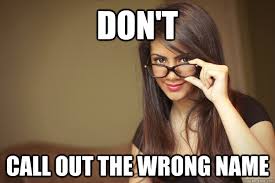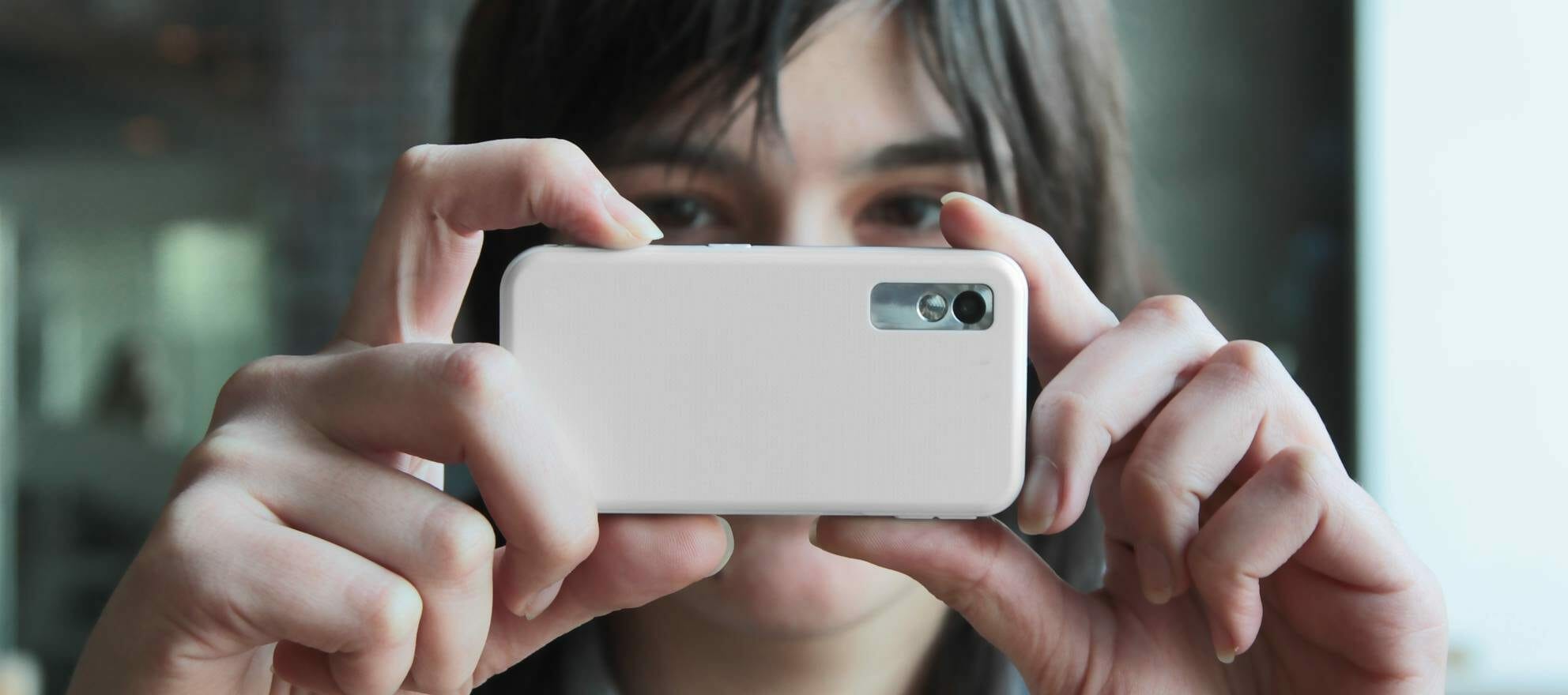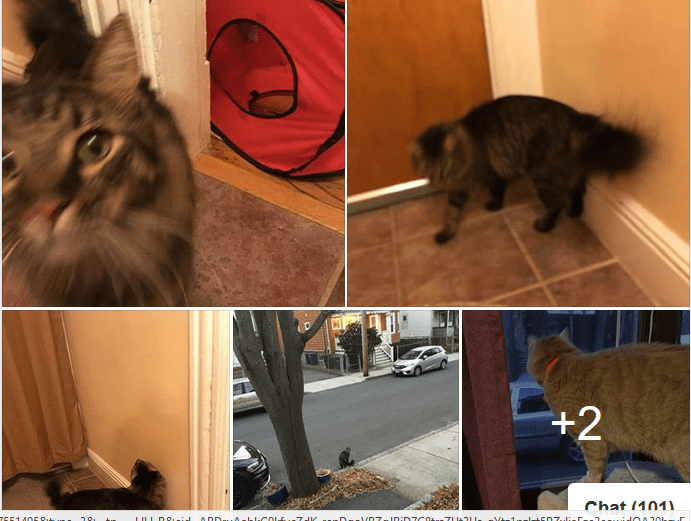Does it really matter when you get a donor’s name wrong? Just ask the donors.
I did.
On my personal Facebook page, I put up last week’s Communicate! blog post, Fundraising Tuesday: Using Your Database to Get the Name Right. And then I asked, “I’m just curious: have YOU ever been asked for money by a group that couldn’t get your name right?”
The answers
“All the time,” said Rabab. “All the time,” said Dmitry.
“Oh yes, all the time. Mr. Lee,” said Ms. Lee.
Lauren told me, “Yep. I’ve gotten ‘Laura,’ I’ve gotten my last name spelled wrong… From people asking for money, and scams too.”
Meg said firmly, “*All* the time. I get mashups of my mother’s name (Mary Kay) and mine now too.”
Doug said, “For some reason, the DNC thinks my name is Cecil.”
From a friend whose last name is Crary: “Happens to me all the time. For some reason, my last name defies logic or something. I particularly love when it autocorrects to ‘crazy’.”
From a friend whose first name is Pam: “I get a fair number of things addressed to “Vam,” which I finally realized is what “P” looks like when I’m writing quickly.”
Marla tells me her name is now Maria. “Say it soft, and it’s almost…🙏”
Lois says, “😂 All the time. I keep an envelope of misspelled names.”
Helene says, “I’m actually amazed when they get it right.”
How does it make donors feel to be misnamed?
I said to my Facebook friends, “Thank you all!” (Because thank-you’s are almost as important as getting names right.) And I asked, “Here’s a follow-up question for you: what would you like the organization that sent you that piece of mail to know about how you react when you see it?”
Meg: That they should hire enough staff that they have time to get things right – and pay enough to get good people.
Sandy: That I feel disrespected and treated like a commodity in such circumstances. (Especially the spelling… I don’t feel disrespected re the gender issue.)
Lois: I probably wouldn’t say it 🙂. Meg: And they’d probably attribute your opinion to Louis anyway. Lois: If I were lucky!
Why would you ever make donors feel dissed?
 You are out there asking donors to give you their money, in a year when many of them either lost their jobs, made a lot less, or helped their families and friends in need.
You are out there asking donors to give you their money, in a year when many of them either lost their jobs, made a lot less, or helped their families and friends in need.
You are asking at a time when every other nonprofit in the country, and sometimes, other countries, is asking for them to give as well.
If you have done a good job up to this point, the donor understands why giving to you might make a difference toward a result they care about a lot.
Why would you spoil all that by being inattentive to their names?
Now, you might get lucky. One of my friends, Jerry, told me:
So we just received a double first name solicitation envelope [like the “Mr. Rona Dennis” envelope I received!] from a national org that we have supported for years. I decided to write to them just to see what would happen. We received an emailed apology within the hour, and they said that a data input error was the reason, and promised to fix it. I thanked them and asked if there was a way to reduce the frequency for paper mailings. They do good work, so we will still support them.
Jerry and his wife are forbearing and forgiving. Not everyone is equally kind, or patient. Do you really want to test your donor’s capacity to put up with insults? Do you really want to push good donors away from you like that, or wouldn’t you rather bring them closer?
It’s not so hard. Just be sure to get the names right. Jerry, Meg, Lois, Sandy, Helene, Marla, Pam, Laura, Doug, Lauren, Lee, Rabab, Dmitry, and I are all here to tell you: it makes all the difference in the world.


